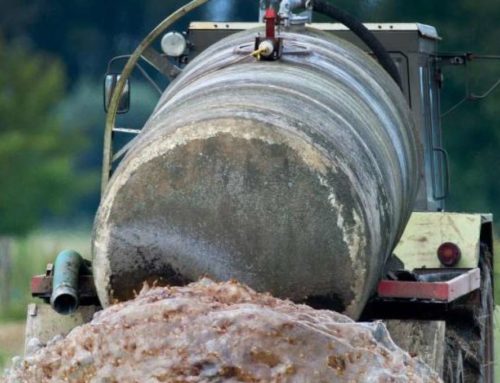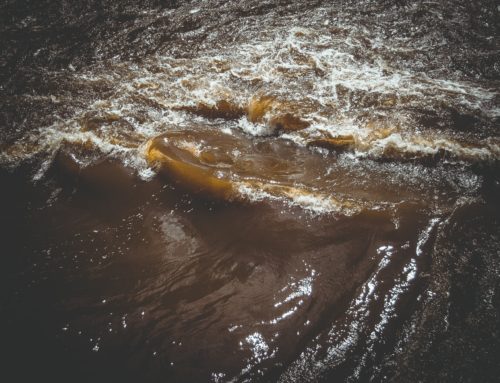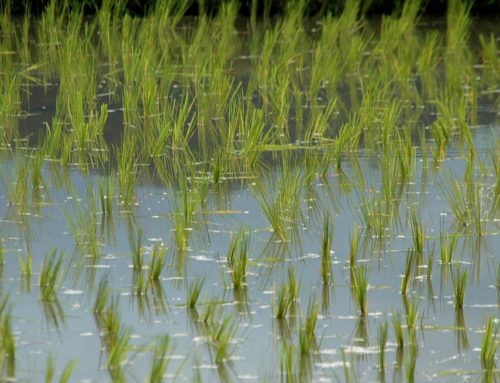Every summer, the holidaymakers on the beaches of the Mediterranean bring with them a huge wave of sea waste. Every summer, tourists cause a 40 per cent increase in the amount of plastic entering the Mediterranean.
A new report published by the WWF was published in the Mediterranean, 95 percent of which is made of plastic. Among the worst perpetrators of plastic pollution have been Turkey, Spain, Italy, Egypt and France – countries that visit more than 34 million Britons this year. Although the Mediterranean has received more attention than the infamous “garbage stains” that form in large oceans, it has been described by scientists as one of the most threatened regions by marine waste.
“The microplastic found in the Mediterranean was almost four times higher than the plastic island in the North Pacific.” – Lyndsey Dodds, Head of Maritime Policy at WWF
While the Mediterranean Sea contains only 1 percent of the world’s water, it contains 7 percent of all global microplastic waste. Many factors make this possible,” said Dr David Barnes of the British Antarctic Survey, whose research contributed to the WWF report.
The Mediterranean is a region of high anthropogenic pressures. Plastics accumulate in large quantities in the semi-enclosed sea, where they decompose over long periods into ever smaller fragments. Increasing degradation and decay of plastics”. – Dr. Barnes
Microplasty – tiny fragments that can originate from cosmetics, clothing or the mining of larger plastics – have a pervasive threat, with samples of sea ice on both poles showing traces of it. Although scientists are not aware of the effects of microplastics, there are concerns that they will accumulate in the food chain and cause health problems for animals and potential humans. This appears to be the case with the fin whales of the Pelagos Sanctuary in the northwestern Mediterranean.
The tissues of these giant mammals show phthalates five times higher than those of less contaminated regions. This volume, which corresponds to 66,000 garbage trucks, poses a major threat to marine life that can become entangled in plastic or consume it after misunderstanding it as food. According to the report, Europe has become one of the largest plastics producers in the world – second only to China.
“The birds, fish and turtles of the Mediterranean suffocate in plastic. So we ask people to think about how they can reduce the amount of disposable plastic they use and throw it on holiday.”– Fabio Hüther & Umuntu Team
Source
- https://www.researchgate.net/publication/291185927_Microplastics_in_the_Mediterranean_Sea_Deposition_in_coastal_shallow_sediments_spatial_variation_and_preferential_grain_size
- head picture from JOHN HOLCROFT / GETTY IMAGES



